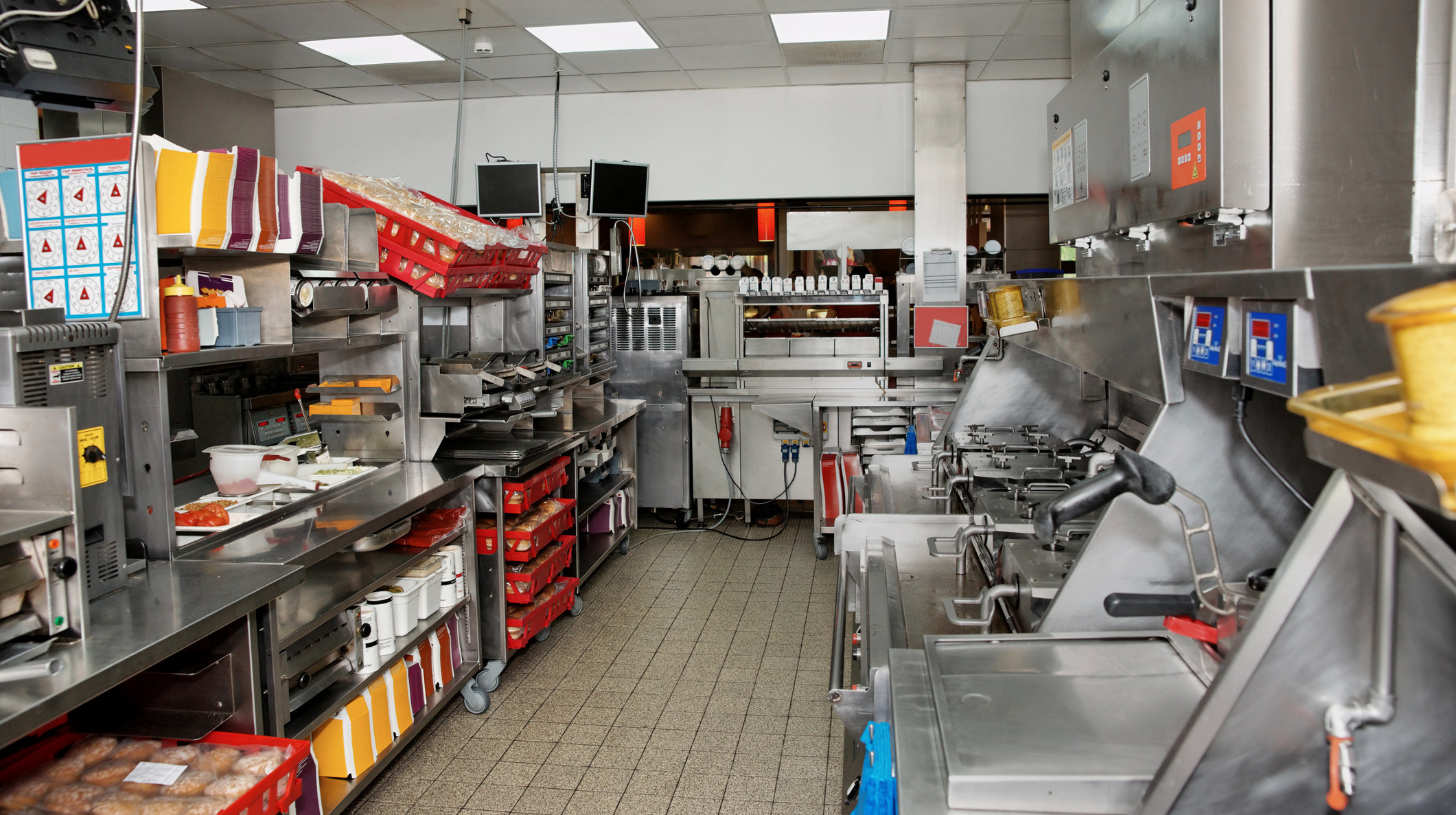Fast Food Restaurants Struggle To Slow Increasing Employee Turnover
Working fast food can take a grueling toll on the mind and body. Jobs in fast food are almost uniformly low-paying, and they often require employees to learn a corporate-mandated set of rigorous procedure requirements while still being flexible enough to meet customer demands.
Even a full-time workload is not enough to allow an employee to meet minimum standards of living in many parts of the country; researchers behind the Massachusetts Institute Of Technology's Living Wage Calculator found "a typical family of four (two working adults, two children) needs to work nearly four full-time minimum-wage jobs (a 76-hour work week per working adult) to earn a living wage." Add to that the commonplace disrespect and abuse of fast food workers by the general public, and it's easy to understand why such jobs are undesirable.
While some restaurant chains are at least trying to take steps to make fast food work more appealing to prospective employees, small fixes only serve to further obscure the core of the issue: that too few people want to work in fast food, and that many of those who do would prefer to be doing just about anything else. The inevitable result? Constant employee turnover.
A new CNBC report discussing the industry's growing problem with mass turnover largely frames that issue (as most articles do) in terms of restaurant economics; as chains struggle to keep workers placed in $9-an-hour jobs, the proposed solutions tend to vary from reducing the skills required for such jobs to simply automating human beings out of them. These are the concerns that come up when, as CNBC notes, "The official Bureau of Labor Statistics turnover rate for the restaurant sector was 81.9% for the 2015–2017 period, but industry estimates are much higher, reaching 150%, and the problem has gotten worse in recent years."
It's increasingly difficult for restaurants to weather turnover, given that the average cost of turnover "... is estimated by the National Restaurant Association at $2,000 per employee," but far too many assessments of the fast food industry's recent woes focus on the losses to restaurants, rather than the conditions that cause high turnover rates. Labor retention increases when the worker feels adequately compensated, in every sense, but as inventory and labor costs both continue to rise, restaurant owners are too often forced to choose between the location's survival and the well-being of their staff. It's rare that the latter group wins out.
Much of the problem comes down to a lack of real benefit for the worker: "Low wages, lack of career paths and an overwhelming belief among the working public that fast-food jobs should only ever be temporary all contribute to the worsening turnover issues," CNBC states. Restaurants will have to continue trying to figure out how to keep workers in jobs that, right now, seem undesirable to many of them. As long as companies continue to insist on cheap labor being a cornerstone of success, the whole structure will continue to crumble.
